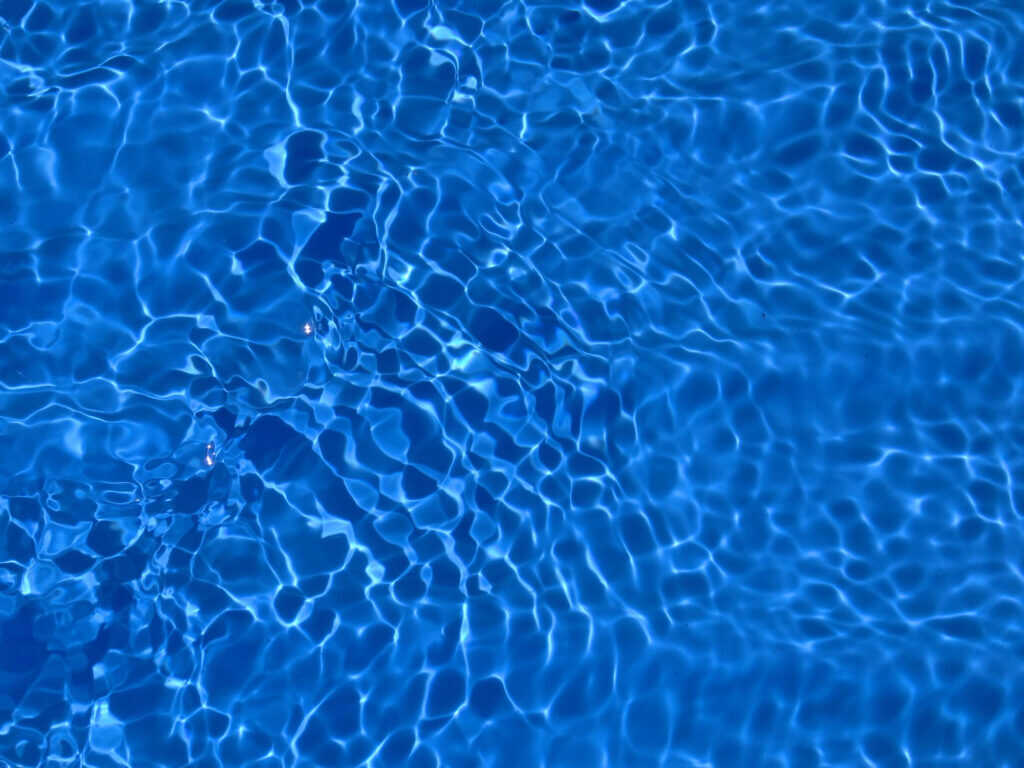Dealing with Metal Stains: Iron, Copper, and More
Discover effective strategies to tackle metal stains like iron and copper with our comprehensive guide, ensuring your surfaces shine bright again.
This blog post will delve into the common issue of metal stains, focusing on those caused by iron, copper, and other metals. It will provide practical solutions and expert tips on how to remove these stains effectively. We’ll also explore preventative measures to keep your surfaces pristine and the significance of maintaining a clean and attractive environment.
Introduction
Metal stains are a common nuisance that many homeowners face. Whether it’s the unsightly reddish-brown streaks from iron or the greenish tinge from copper, these stains can detract from the beauty of your home, pool, or outdoor spaces. Understanding the causes of these stains and how to effectively remove them is crucial for maintaining your property’s aesthetic appeal and value. In this article, we will explore the different types of metal stains, their origins, and practical solutions to restore your surfaces to their original state.
Understanding Metal Stains
Metal stains typically arise from two primary sources: natural elements and human activity. The most common metals that cause staining include:- Iron: Often found in water supply systems, iron can oxidize and leave reddish-brown stains on surfaces. This is particularly prominent in areas with high iron content in the soil or water.- Copper: Usually a result of corroding plumbing or fixtures, copper stains manifest as green or blue-green discoloration, especially around pools or sinks.- Manganese: This metal can produce dark brown to black stains, typically indicative of well water contamination.- Other Metals: Stains from metals like lead or zinc can occur but are usually less common.The origin of these stains can vary, but common contributors include:- Water Supply: High levels of metals in your plumbing or water source can lead to staining.- Environmental Factors: Rainwater can leach metals from soil or structures, depositing them onto surfaces.- Organic Decay: Rust from outdoor furniture, tools, or even natural decay can introduce metal particles to your environment.Understanding the source of these stains is essential for applying the correct removal techniques.
Types of Metal Stains and Their Solutions
Each type of metal stain requires a specific approach to effectively remove it. Here’s a closer look at the most common stains and the best methods for treating them:
Iron Stains
Iron stains are notorious for their stubbornness, but several methods can help you eliminate them:1. Oxalic Acid: This is a common ingredient in many commercial rust removers. Apply an oxalic acid solution directly to the stain, allowing it to sit for a few minutes before scrubbing with a nylon brush. 2. Baking Soda Paste: Create a paste of baking soda and water, apply it to the stained area, and scrub gently. Rinse thoroughly to ensure no residue remains.3. Lemon Juice and Salt: The acidity of lemon juice combined with the abrasiveness of salt can effectively lift iron stains. Apply the mixture, let it sit for a few minutes, then scrub and rinse.
Copper Stains
Copper stains require a different approach due to their unique properties:1. Vinegar and Baking Soda: A mixture of vinegar and baking soda creates a fizzing reaction that can help lift copper stains. Apply the mixture directly to the stain, let it sit, scrub lightly, and rinse.2. Commercial Copper Cleaners: Many products are specifically designed for removing copper stains. Always follow the manufacturer’s instructions for the best results.3. Preventive Measures: To prevent future copper staining, consider replacing corroding pipes and fixtures. Regular maintenance can help avoid significant buildup.
Other Metal Stains
For stains caused by metals like manganese or lead, consider the following:1. Manganese Stains: Use a combination of hydrogen peroxide and baking soda to treat manganese stains. Apply the paste to the stain, let it sit, then scrub and rinse.2. Lead Stains: These should be treated with caution due to health concerns. It’s best to consult professionals for removal, especially in older homes.3. Preventive Measures: Routine inspections of plumbing systems can help identify potential sources of staining before they become problematic.
Best Practices for Stain Prevention
While it’s essential to remove existing stains, prevention is key to maintaining clean surfaces. Here are some effective practices to minimize the risk of metal stains:- Regular Cleaning: Routine cleaning of surfaces, especially around water features, can help prevent stain buildup. Use gentle soaps and avoid harsh chemicals that can cause damage. – Water Filtration: Installing a water filtration system can help reduce mineral content, decreasing the likelihood of stains from iron, copper, or other metals.- Proper Maintenance of Fixtures: Regularly check plumbing and fixtures for leaks or corrosion. Repairing issues promptly can prevent stains from developing.- Use Protective Coatings: Applying sealants to surfaces can create a barrier, preventing metals from adhering and causing stains.- Landscape Wisely: When landscaping, be mindful of the materials used. Avoid using metal structures in areas prone to staining.
When to Seek Professional Help
While many metal stains can be treated with DIY methods, some situations warrant professional intervention:- Severe Staining: If stains are extensive and deeply embedded, professional cleaning services may be required to restore surfaces effectively.- Health Concerns: If there are concerns about lead or other harmful metals, it’s best to consult experts who can safely address the issue.- Property Value Maintenance: For real estate owners, ensuring that properties are stain-free is crucial for maintaining value. Hiring professionals might be a better investment in such cases.
Conclusion
Dealing with metal stains can be a frustrating experience, but understanding their sources and employing the right removal tactics can make a significant difference. By implementing preventive measures, regular maintenance, and knowing when to seek professional help, you can keep your surfaces looking their best. Remember, a clean and attractive environment not only enhances the aesthetic appeal of your property but also ensures its longevity and value.For more information on effective cleaning techniques or if you’re looking to start a business in the pool maintenance sector, check out our
Pool Routes For Sale page. Whether you’re dealing with stains or aiming for operational excellence, we’ve got you covered with the right resources and support. Don’t hesitate to reach out for any inquiries, and let us help you achieve your goals!



